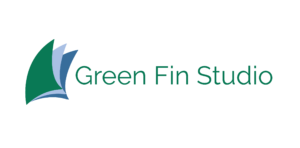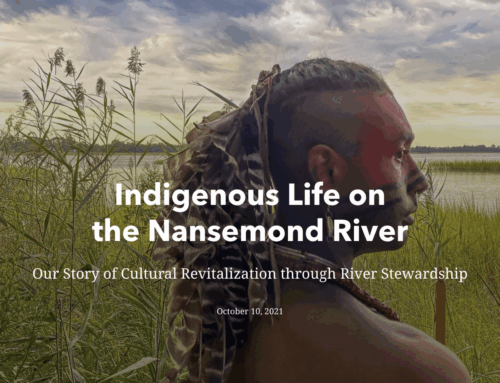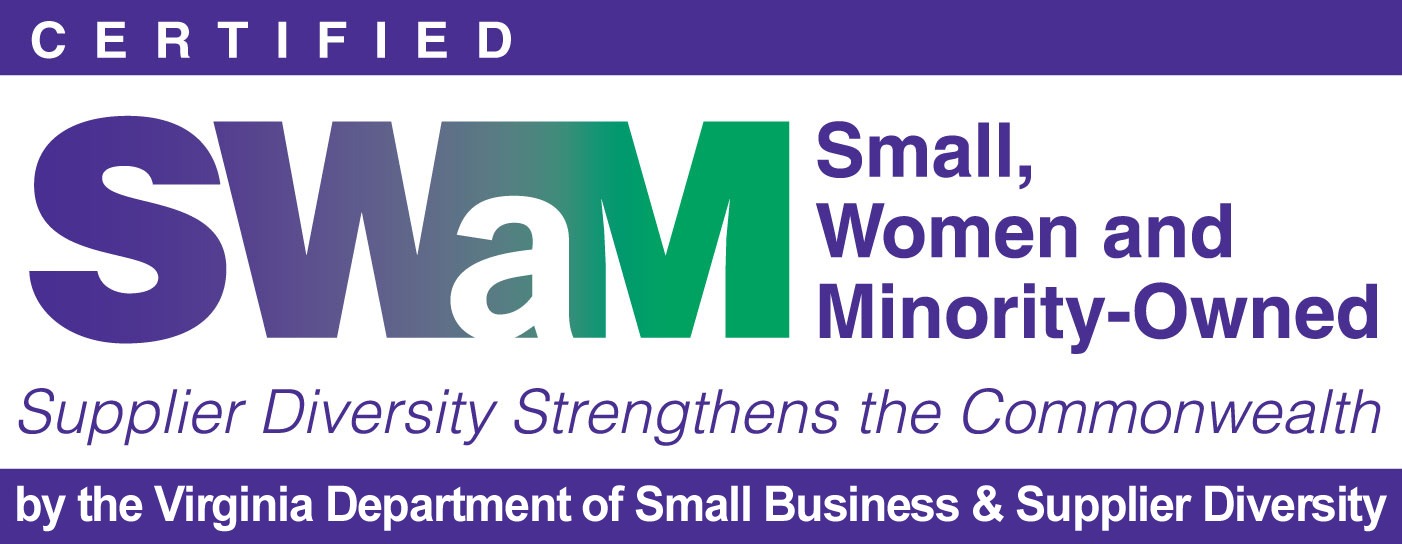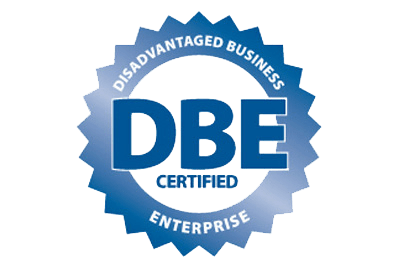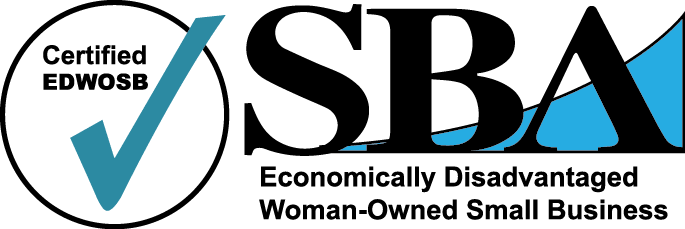Stop me if you’ve heard this one. A poultry grower, a crop farmer, an environmental advocate and a government official walk into a bar….actually, you probably haven’t heard this one because it never happens. Except it did happen this past August when we helped organize a strategic planning retreat for the diverse stakeholder group, Delmarva Land and Litter Challenge (DLLC).
Who is DLLC?
The DLLC is on the bleeding edge of what’s being called “Stretch Collaboration”. We like to think of it as when you stretch the boundaries around collaboration to create a larger tent, with multiple points of view. This is a relatively new approach to collaboration that embraces discord, experimentation and co-creation among groups of people who historically disagree on certain issues.
Traditional collaboration has not worked to solve more complex issues, like those around connections between farming and water quality. Society values both and they don’t have to be mutually exclusive. Within the Chesapeake Bay region, US EPA estimates that the agricultural sector contributes about 40% of the nitrogen, 55% of the phosphorus and 60% of the sediment pollution entering the Chesapeake Bay. Those are some pretty significant numbers, whether you have complete faith in the watershed computer model that provided those estimates or not.
These numbers and what lies behind them has created some tense relationships between the agricultural community, environmental organizations and government agencies. So, how do you bring these groups together to review data, build trust, have messy conversations and look for common solutions? Similar to the way you eat the proverbial elephant: one meeting at time.
How We Work
This 30-member group has been meeting for almost three years now and has provided the basis for mutual respect, new professional working relationships, true friendships, and changes in how partner groups operate.
We have the distinct pleasure of being a part of this process. Paula Jasinski, Green Fin Studio founder and President coordinates the group and Michele Drostin provides programmatic support. The full group meets quarterly, with several active workgroups meeting much more frequently. All of those meetings are agenda-driven and very focused on the short-term needs, which brings us to the need for a Strategic Planning retreat.
The offsite planning retreat, hosted at the Aspen Institute’s Wye River Conference Center, allowed the 30-member group a day and a half of time to think bigger picture and discuss our longer-term objectives and goals. As part of our role, we helped to organize an offsite Strategic Planning retreat with Mitch Owen, of Mitchen Leadership and Organization Development.
The DLLC and this retreat would not be possible without the support of The Campbell Foundation. Their belief in a different way of doing business to solve complex environmental issues has been essential. Based on the outcomes of the retreat, we are developing the group’s Strategic Plan over the couple of months. That document will provide a vision and defined goals for the DLLC to address in the coming years.
Interested in learning more about stretch collaboration or stakeholder engagement? Let’s talk!
